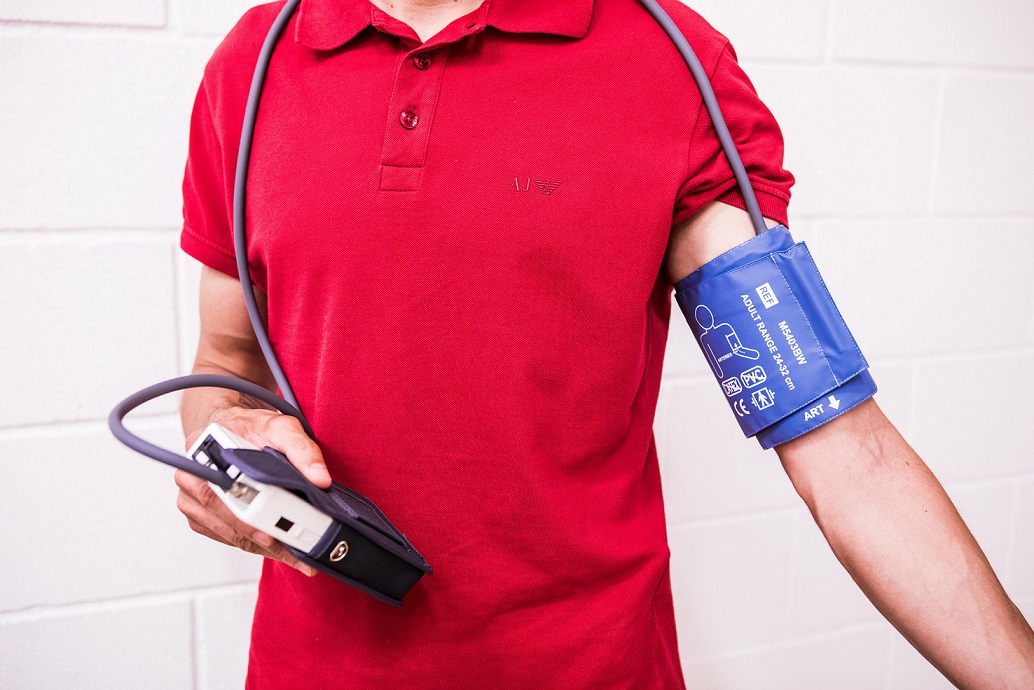
Holter blood pressure, what is it and why is it performed?
Holter blood pressure, what is it and why is it performed?
What it is
Dynamic blood pressure monitoring (MAPA or ABPM) is a non-invasive technique that provides information for assessing a patient’s blood pressure. ABPM allows blood pressure and pulse to be measured (usually every 15-30 minutes) for 24 hours as prescribed and the results recorded. Heart and blood pressure activity are strongly influenced by physical exertion and emotional factors, so it is useful to know whether an abnormality has occurred spontaneously or if it has occurred as a result of emotional factors or heavy lifting, which is why, as with the Holter ECG, an activity diary should be compiled

Why it is performed
Dynamic blood pressure monitoring is indicated to investigate if there is a discrepancy between the blood pressure values found on various occasions or during the same visit, if there are episodes of hypotension or suspected nocturnal hypotension, cases of hypertension resistant to pharmacological treatment or to check the effectiveness of a drug and its duration of action
How it is performed
Preparation for this examination is very simple and is completely painless. The doctor, after setting the device parameters, applies the inflatable band to the patient’s arm, starts the blood pressure Holter and places it in a special pocket around the waist or over the shoulder. He starts monitoring the patient’s blood pressure over the next 24 hours with a recording every 15 to 30 minutes. After 24 hours, the patient will return to the doctor who will disassemble the device and examine the stored data with the aid of a computer.
What LUMED offers
- Pressor Holter, EUROHOLTER ABPM, is the LUMED solution for ambulatory blood pressure monitoring, stores up to 200 measurements. This system also enables desktop blood pressure measurement. It has a USB and HID interface.
- Software, for managing examinations and archiving patient outcomes and examinations
- Inflatable cuff, placed around the patient’s arm, which feels the cuff inflate and deflate while the portable device measures pressure


